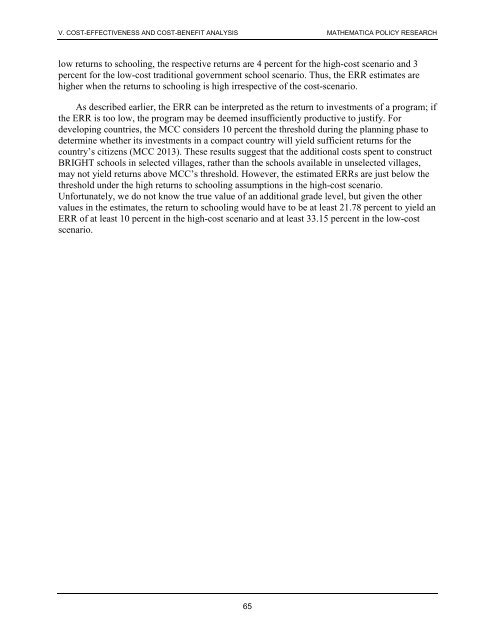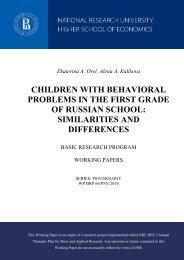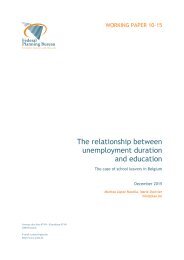Ten-Year Impacts of Burkina Faso’s BRIGHT Program
n?u=RePEc:mpr:mprres:2ecdd42bb503422b802ce20da2bf64b7&r=edu
n?u=RePEc:mpr:mprres:2ecdd42bb503422b802ce20da2bf64b7&r=edu
Create successful ePaper yourself
Turn your PDF publications into a flip-book with our unique Google optimized e-Paper software.
V. COST-EFFECTIVENESS AND COST-BENEFIT ANALYSIS MATHEMATICA POLICY RESEARCH<br />
low returns to schooling, the respective returns are 4 percent for the high-cost scenario and 3<br />
percent for the low-cost traditional government school scenario. Thus, the ERR estimates are<br />
higher when the returns to schooling is high irrespective <strong>of</strong> the cost-scenario.<br />
As described earlier, the ERR can be interpreted as the return to investments <strong>of</strong> a program; if<br />
the ERR is too low, the program may be deemed insufficiently productive to justify. For<br />
developing countries, the MCC considers 10 percent the threshold during the planning phase to<br />
determine whether its investments in a compact country will yield sufficient returns for the<br />
country’s citizens (MCC 2013). These results suggest that the additional costs spent to construct<br />
<strong>BRIGHT</strong> schools in selected villages, rather than the schools available in unselected villages,<br />
may not yield returns above MCC’s threshold. However, the estimated ERRs are just below the<br />
threshold under the high returns to schooling assumptions in the high-cost scenario.<br />
Unfortunately, we do not know the true value <strong>of</strong> an additional grade level, but given the other<br />
values in the estimates, the return to schooling would have to be at least 21.78 percent to yield an<br />
ERR <strong>of</strong> at least 10 percent in the high-cost scenario and at least 33.15 percent in the low-cost<br />
scenario.<br />
65







